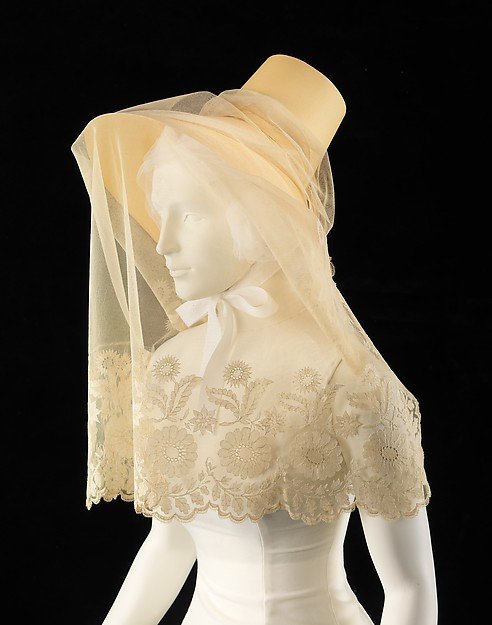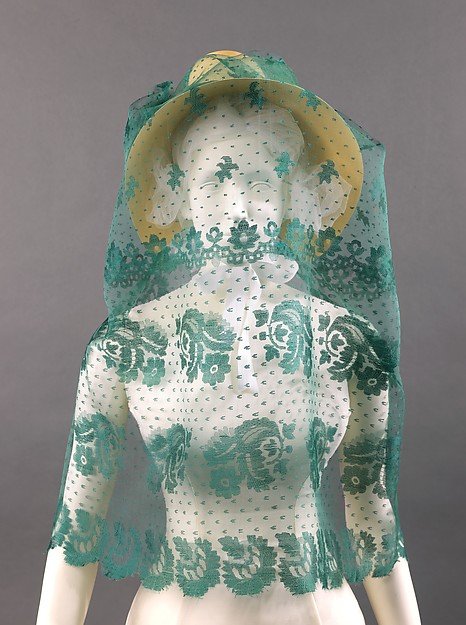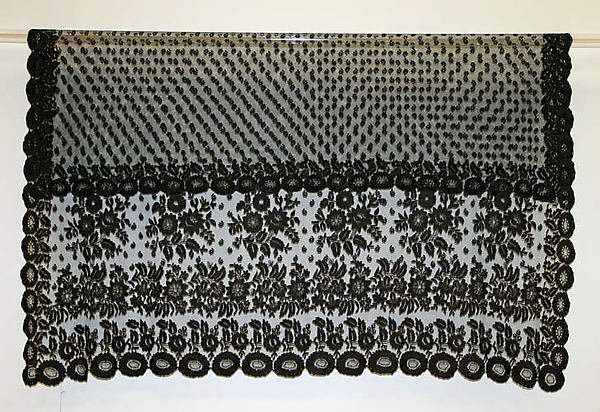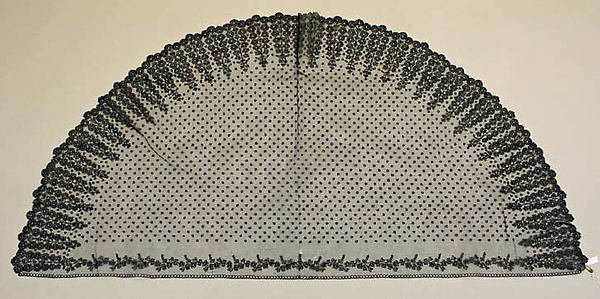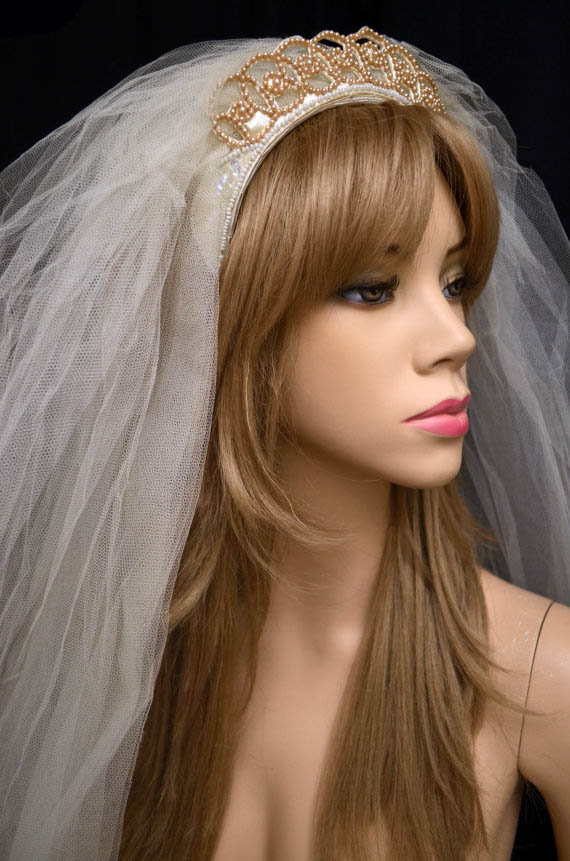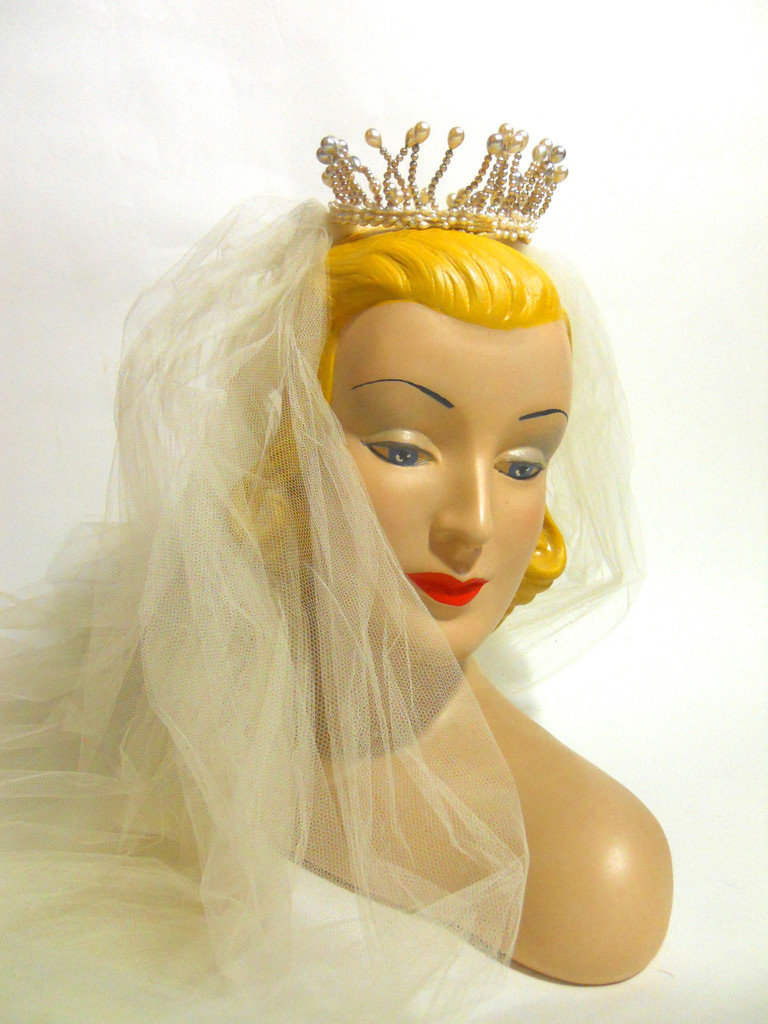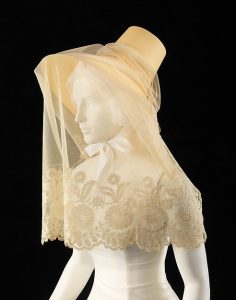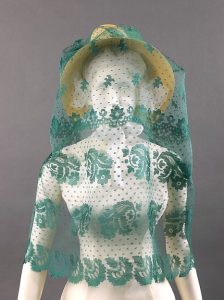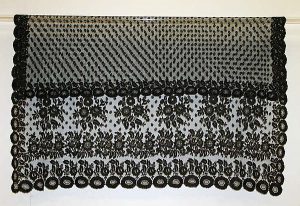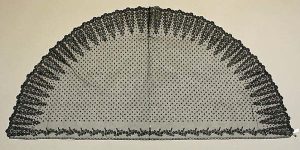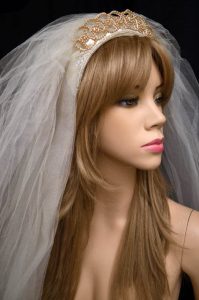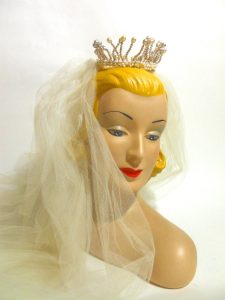A veil is a piece of cloth that covers the head and/or the face. It can be opaque, semi-sheer, or sheer and is mainly worn by women.
The veil is mentioned in ancient texts such as the Bible and Assyrian writings, which mention its use by noblewomen. Veils are also depicted in classical Greek sculpture and Roman women wore veils to symbolize their husbands’ authority. Anglo-Saxon and Anglo-Norman married women wore veils covering the entire head and neck up to the chin. This type of veiling became less common during the Tudor period as hoods became more popular.
Sheer veils have been worn for many years as symbols of mourning, often draped over and pinned to hats. Veils have also been worn to hide the identity of women travelers or as elements of film noir to add mystery to the femme fatale character. They may also be used to protect the hair and skin from sun, wind, and dust.
Probably the most common use of veils is during weddings, to symbolize a bride’s purity. Lifting the veil after exchanging vows ceremoniously reveals the bride’s beauty not only to her groom but also to the guests.
Veils on hats have of course been common for many centuries and are still worn today. This type of veil is typically made of a sheer netting and is not meant to hide the face, even if it is worn pulled down.
Written by TheSpectrum
